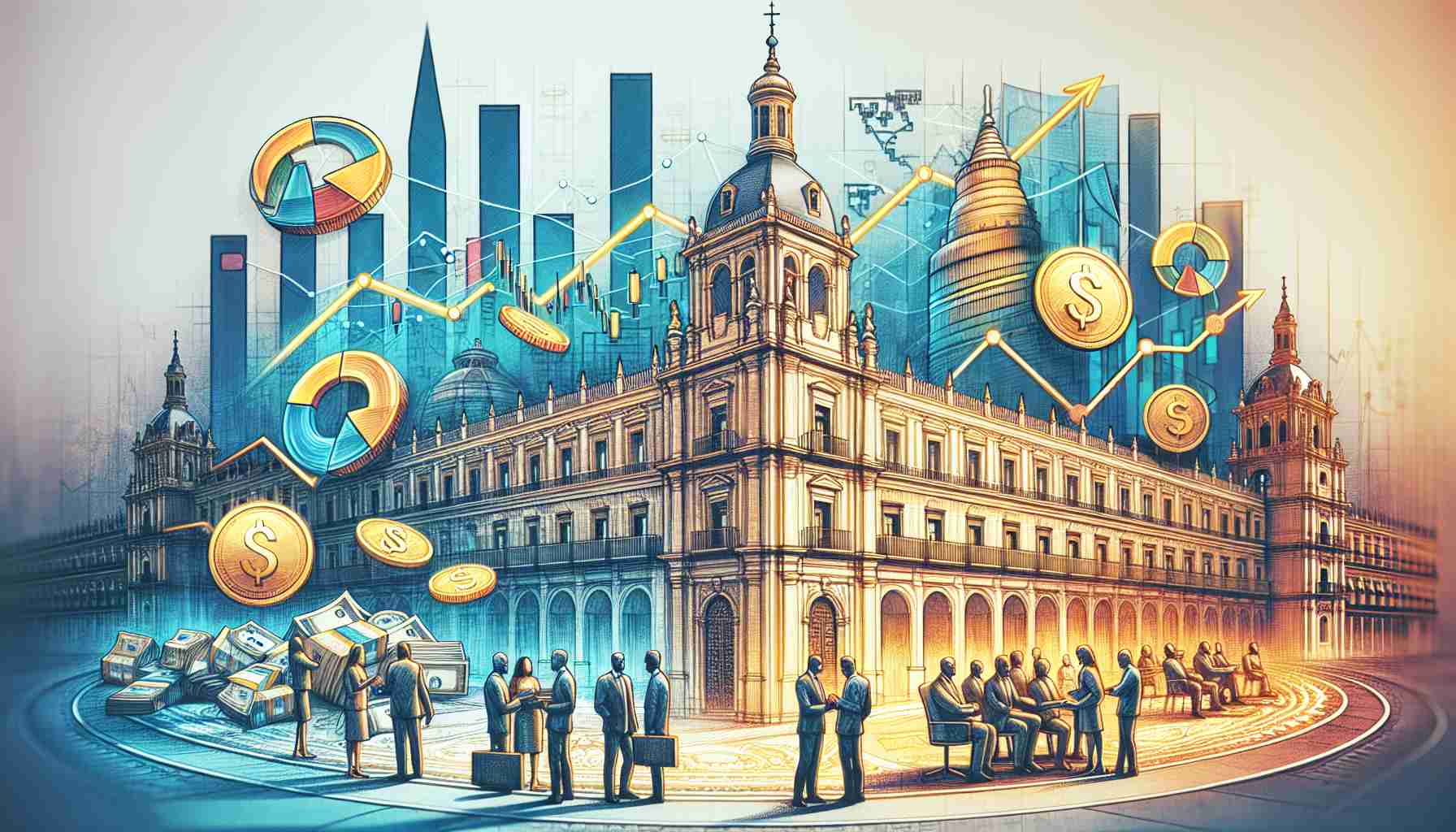Safeguarding the Next Generation of Energy: A Cybersecurity Challenge
As renewable energy technology surges forward, an invisible threat poses a significant challenge to the industry’s future. With increasing reliance on advanced computer systems, the quest for sustainable power becomes a cybersecurity issue of national concern.
The Growing Complexity of Cyber Risks
Green energy is at the forefront of technological advancement with its various forms, including solar, wind, and hydropower. Yet, with these innovations come cyber vulnerabilities that need urgent attention. The Federal Bureau of Investigation (FBI) recently issued a private industry notice warning about cyber threats targeting the renewable energy sector. According to the FBI, malicious actors could disrupt operations to steal valuable data or for geopolitical motives.
Proactive Measures from Federal Agencies
The Department of Energy (DOE) is taking steps to combat these threats by establishing the Office of Cybersecurity, Energy Security, and Emergency Response. This office provides essential resources, from training programs to a cybersecurity challenge that simulates attack scenarios. Additionally, the DOE’s initiative includes a focus on securing the increasingly vital electric vehicle charging infrastructure to prevent hacking incidents.
A Comprehensive Approach to Cybersecurity
The Cybersecurity and Infrastructure Security Agency (CISA) and National Institute of Standards and Technology (NIST) are spearheading efforts to bolster defenses. This includes publishing guidelines like “Ten Steps of Resilient Power” and fostering collaboration through the National Cybersecurity Center of Excellence. Moreover, the National Renewable Energy Laboratory (NREL) is working directly with companies to pinpoint and eliminate cybersecurity flaws.
Together, these federal efforts aim to build a more secure and resilient renewable energy landscape.
Unveiling the Overlooked Threat Lurking Behind Green Power
As the world shifts towards renewable energy to combat climate change, another facet of this transition demands attention: the unanticipated threats that come with green power. While the conversation often revolves around the need for technological advancements, there’s a lesser-discussed dark side that challenges the green energy landscape.
The Environmental Cost of Renewable Technologies
Although renewable energy sources like wind, solar, and hydropower are sustainable, the processes involved in manufacturing and deploying these technologies aren’t always environmentally benign. The mining of rare earth elements essential for wind turbines and solar panels, for instance, leads to substantial environmental degradation. Moreover, the disposal of used solar panels and batteries raises issues related to electronic waste management, challenging the green credentials of these technologies.
Supply Chain Vulnerabilities
Renewable energy relies on complex global supply chains. Events such as geopolitical tensions and pandemics reveal vulnerabilities in these supply chains that can disrupt the flow of materials necessary for producing green technology. This dependency poses a critical risk to the scalability of renewable energy solutions, necessitating strategies to diversify and secure supply chains.
Intermittency and Energy Storage
A significant challenge is the intermittent nature of wind and solar power. This intermittency requires robust energy storage solutions to ensure reliability. Current battery technologies pose their own challenges, such as limited life spans and environmental hazards associated with their production and disposal. This paradox places reliance on integrating new advancements in battery technology or alternative storage solutions.
Key Questions and Challenges
1. How do we manage the environmental costs of producing renewable energy technologies?
Identifying sustainable mining practices and recycling processes for renewable technologies is crucial to truly sustainable energy solutions.
2. What are the risks associated with supply chain dependencies for green technologies?
Diversifying sourcing and investing in local manufacturing can help mitigate these risks, making the transition to renewable energy smoother.
3. How can we effectively store energy from intermittent renewable sources?
Innovations in battery technology, alongside investment in alternative storage methods like pumped hydropower, offer viable solutions.
Advantages and Disadvantages of Green Power
Advantages:
– Reduction in carbon emissions.
– Decreased reliance on fossil fuels.
– Long-term economic benefits due to the falling costs of renewable technologies.
Disadvantages:
– Environmental impact from mining and waste disposal.
– Vulnerability to supply chain disruptions.
– Need for improvements in energy storage technologies to deal with intermittency.
As the renewable energy sector continues to grow, a balanced approach addressing both the technical and environmental challenges will be necessary to ensure a sustainable future.
For further information on renewable energy trends, please visit International Energy Agency and U.S. Department of Energy.
























